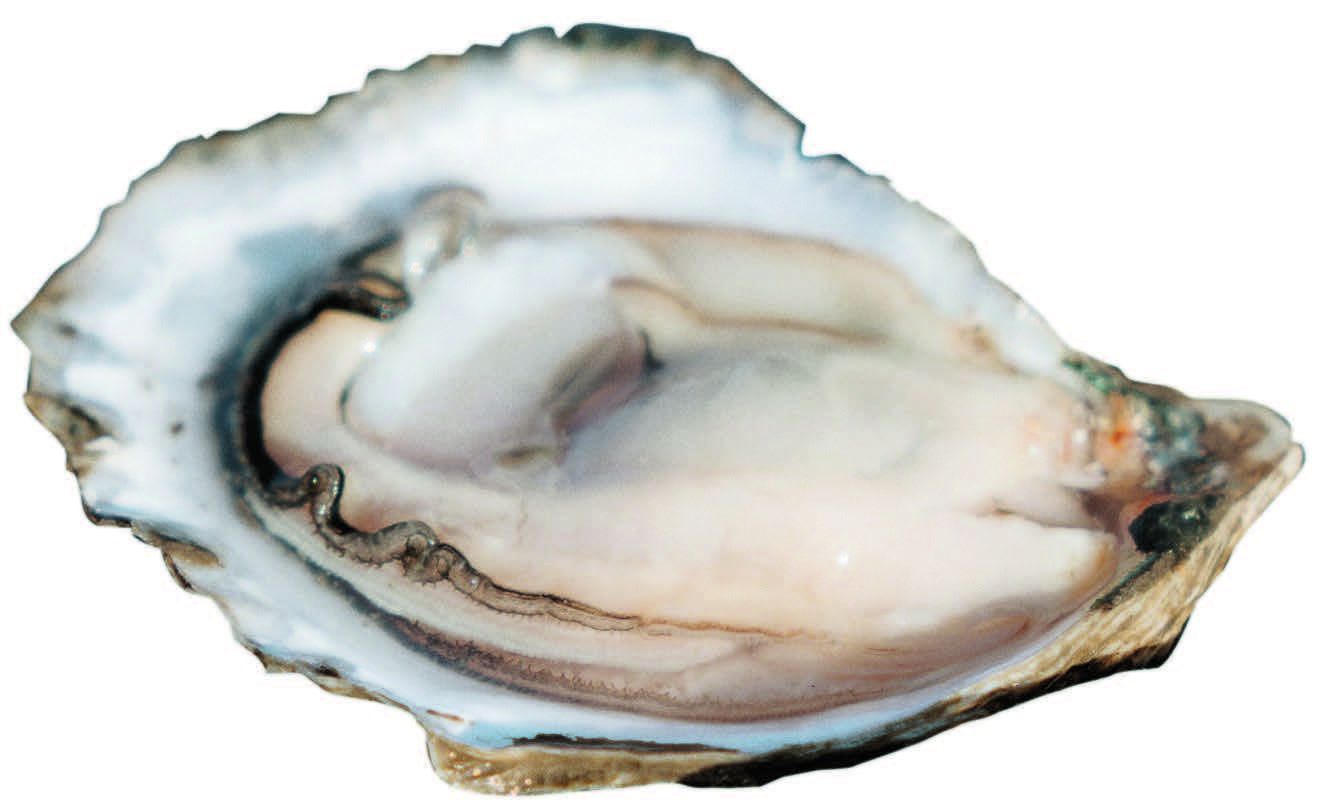BIVALVE GLOSSARY
Benthic zone: The ecological zone at the lowest level of a body of water
Bivalves: Filter-feeding mollusks with hinged shells, including clams, mussels, oysters and scallops
Dermo: A parasitic oyster disease, not harmful to humans, that was first discovered in the Gulf region in the ’40s and made its way to New Jersey in the early ’90s
Estuary: A unique ecosystem where freshwater rivers meet the salty sea
Flip-bag method: A growing method where oysters are flipped in bags by the tide, resulting in a smooth shell and deep cup
MSX: A parasitic oyster disease that nearly wiped out New Jersey’s oyster population when it hit in 1957, and was later mitigated with the introduction of MSXresistant oyster lines by Rutgers researcher Harold H. Haskin
Rack-and-bag: A growing method where oysters are placed in growing bags attached to steel racks
Recruitment: A measure of how many larval oysters are able to set and begin growing to maturity
Set: The process by which oyster larvae attach to shell or another surface
Shell planting: The process of placing clean, cured shell on the bay’s bottom to provide the habitat on which larval oysters set
Spat: A young oyster after it has attached to a surface, such as a shell
Structured shellfish aquaculture: A shellfish farming method using rack-and-bag, cages or other gear
Substrate: A reef or other hard surface on which oysters attach and grow, typically made of shell





